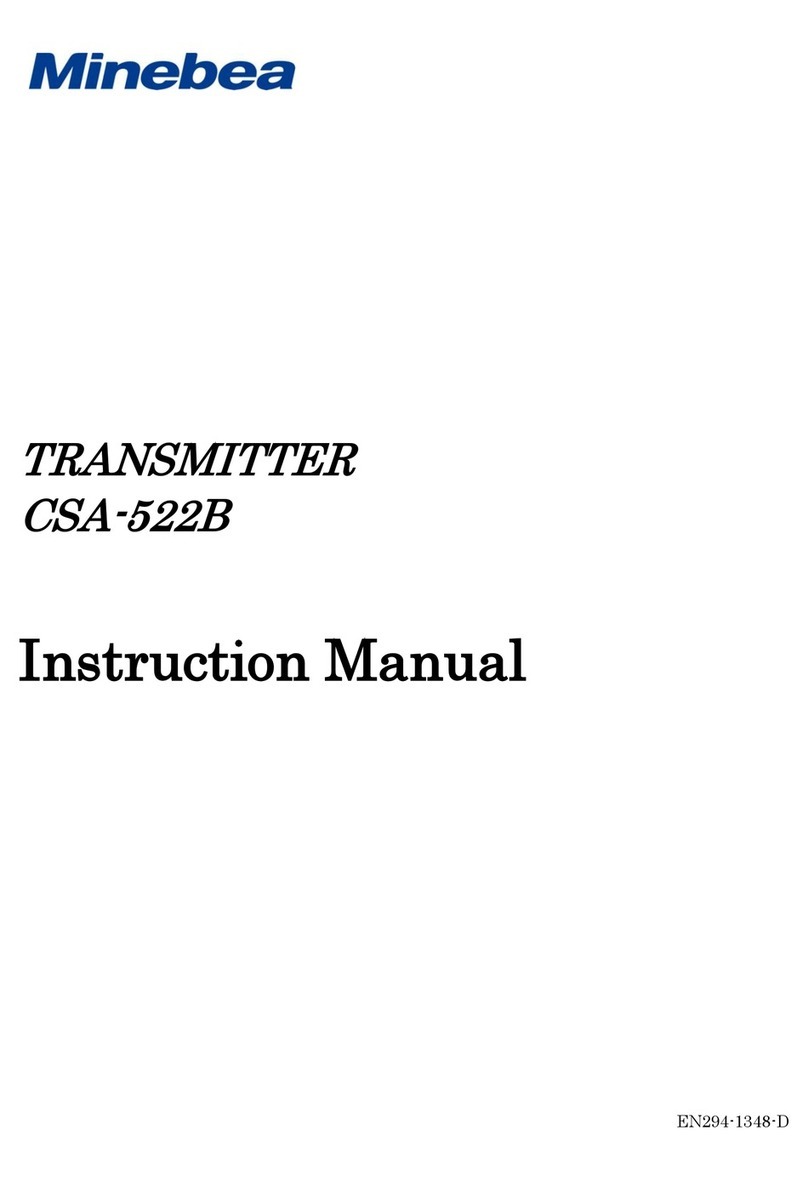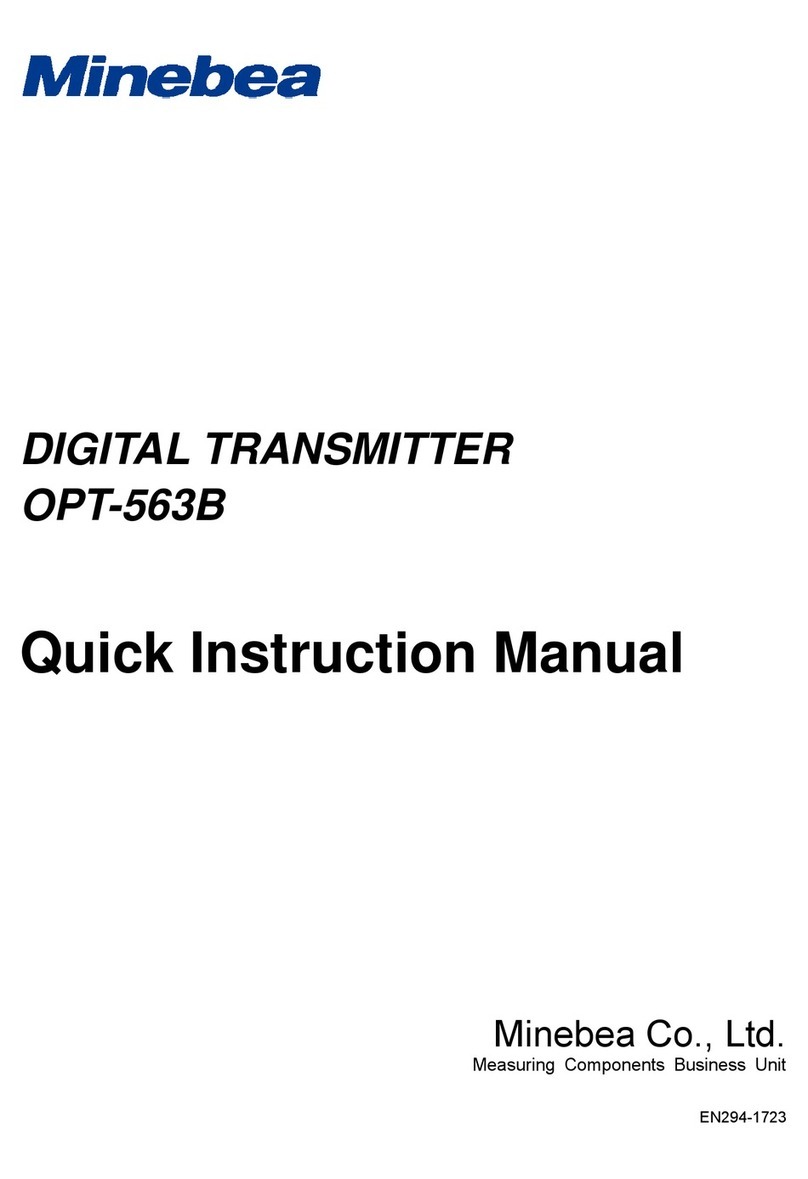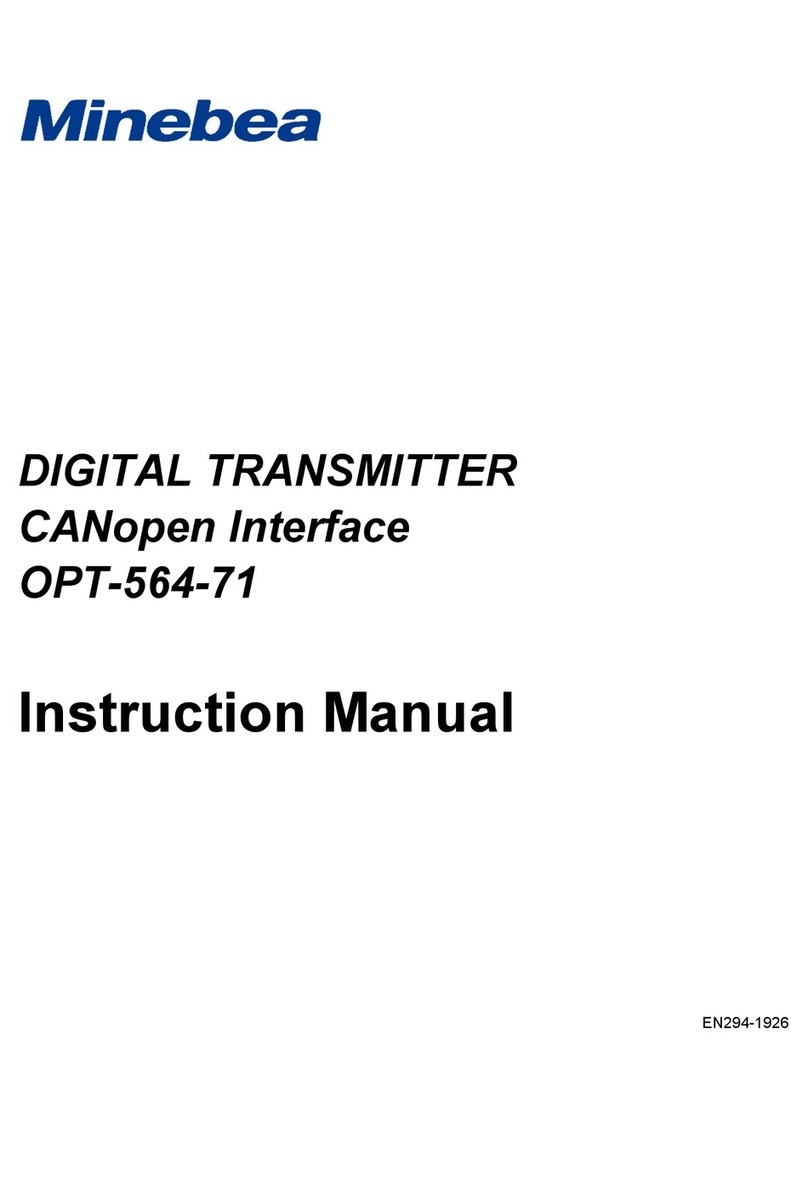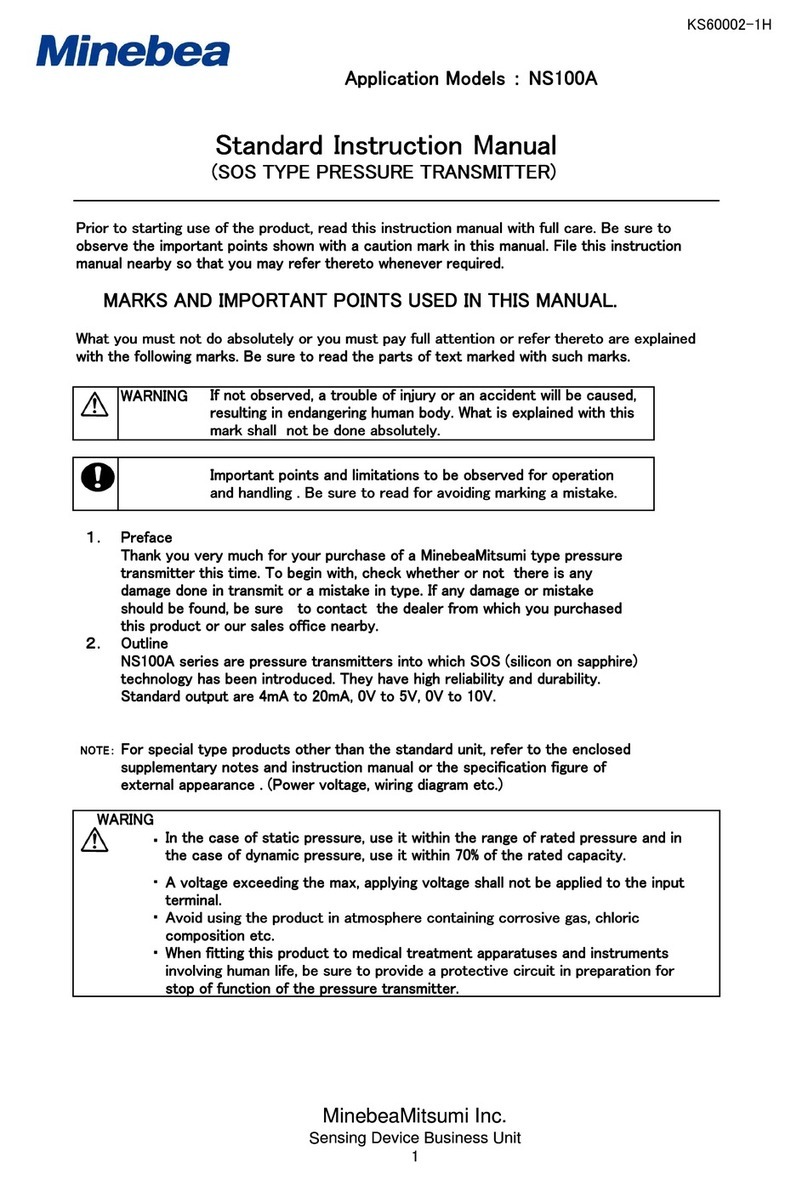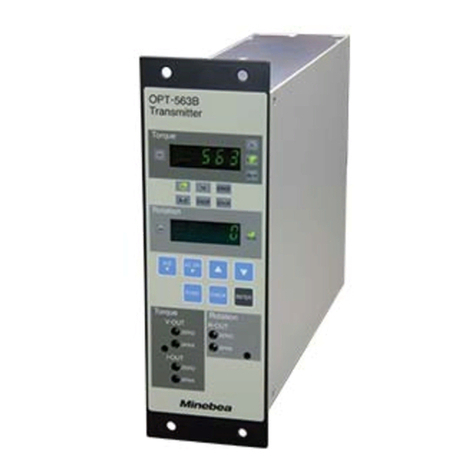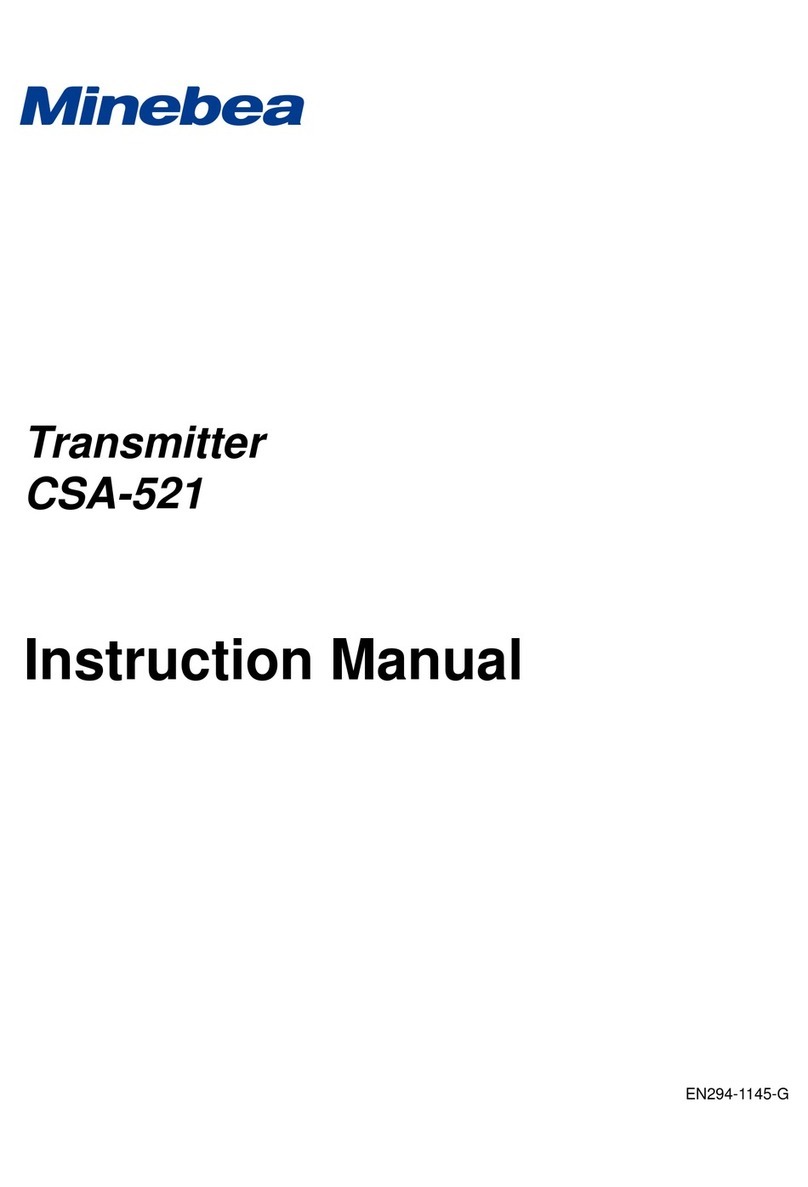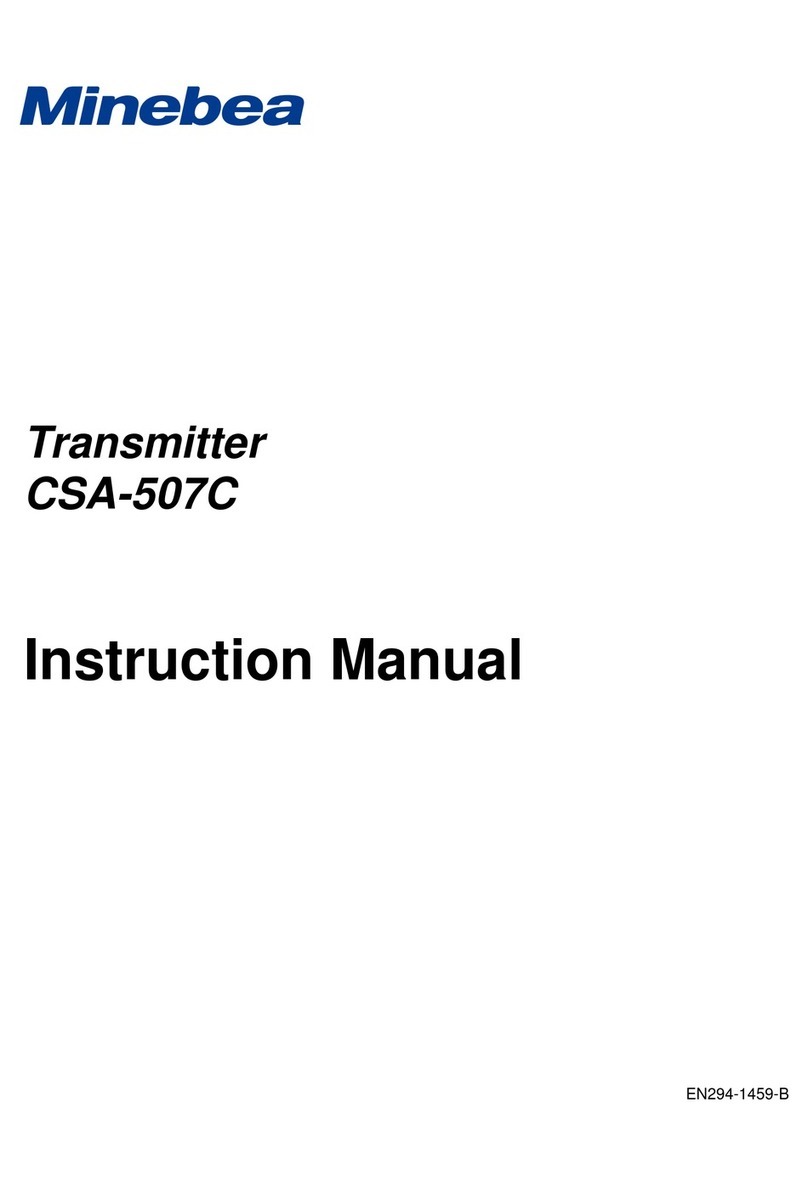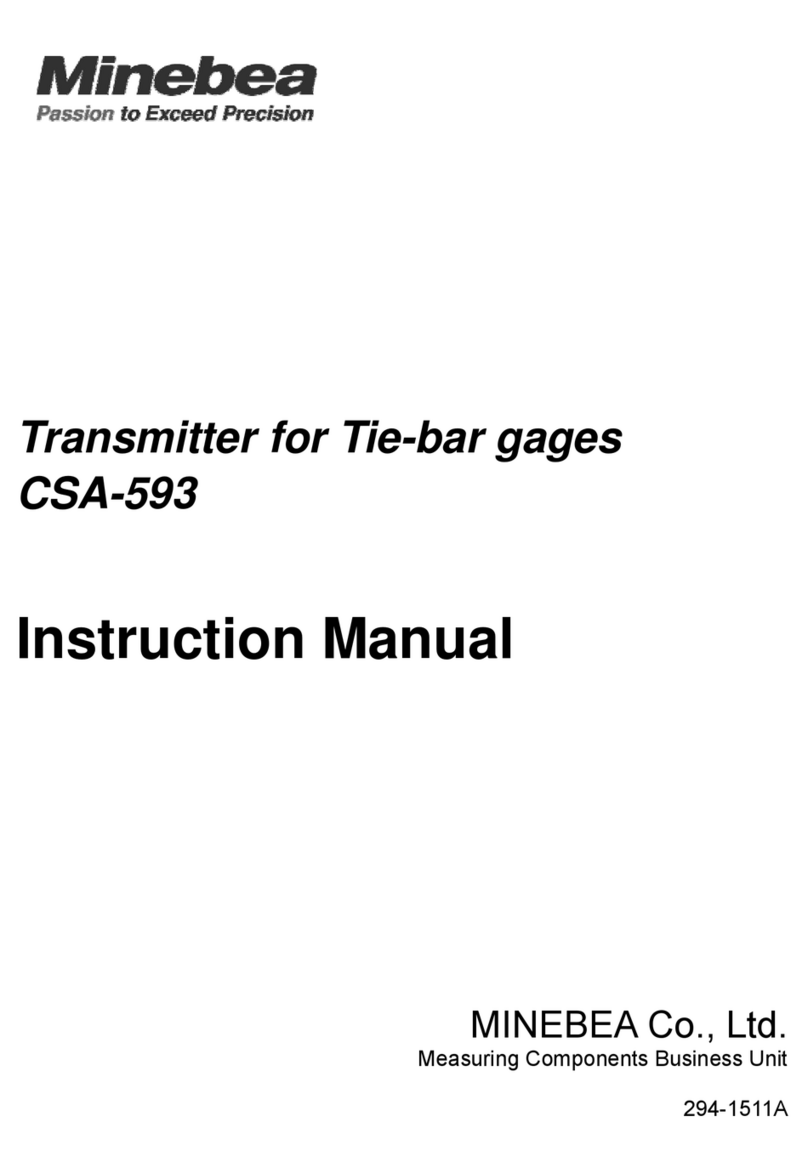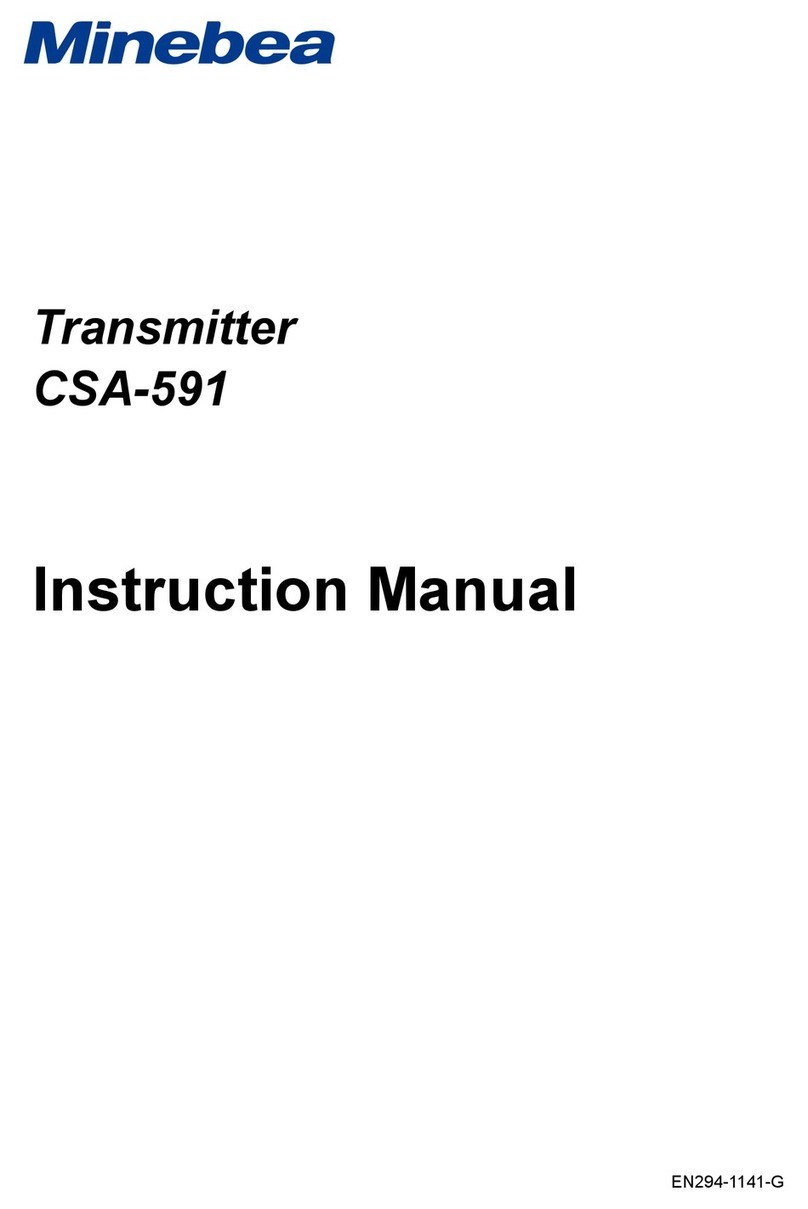
Index
Forwards Ⅰ.......................................................
Marks and arrangements used in this manual Ⅱ....................................
For safe operation Ⅲ............................................................
1. Installation place Ⅲ.........................................................
History of revision Ⅵ............................................................
1. General 1.................................................................
1−1. Features 1............................................................
2. Name and function of each point 1.........................................
2−1. Front panel 1.........................................................
2−2. Rear panel 2..........................................................
3. Connection and installation method 3......................................
3−1. INPUT connector 3....................................................
3−2. OUTPUT connector 4.................................................
3−3. Connection of power supply and ground 6................................
3−4. Notes on installation and connection 7...................................
4. Calibration method 8......................................................
4−1. Calibration method of torque 8..........................................
4−2. Preparation before adjustment 8........................................
4−3. Electrical calibration 8.................................................
4−4. Calibration by actual torque 9..........................................
5. Analog output 10...........................................................
5−1. Voltage output 10.......................................................
5−2. Current output (option) 10..............................................
5−3. Filter 11...............................................................
6. Trouble shooting 12........................................................
6−1. Execute the trouble shooting 12..........................................
7. Specifications 17...........................................................
7−1. Specifications 17.......................................................
7−2. General specifications 17................................................
7−3. Standard specifications at the shipment 17................................
7−4. Accessories 17..........................................................
7−5. Outline dimensions 18..................................................
8. Options 18.................................................................
8−1. Current output 18......................................................
9.Warranty 19................................................................
9−1. Warranty 19...........................................................
9−2. Repair 19..............................................................
10. Appendix 20...............................................................
10−1. Exchange method of fuze 20.............................................
10−2. Exchange method of dust filter 21........................................

